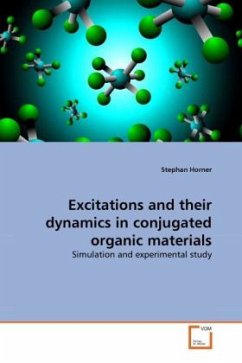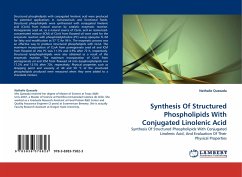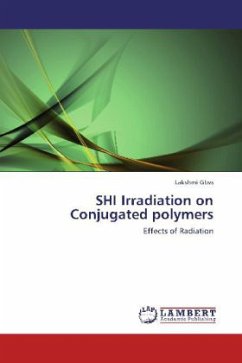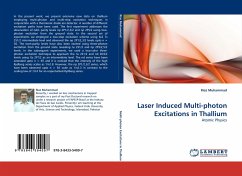
Excitations and their dynamics in conjugated organic materials
Simulation and experimental study
Versandkostenfrei!
Versandfertig in 6-10 Tagen
32,99 €
inkl. MwSt.

PAYBACK Punkte
16 °P sammeln!
Scientific research with organic materials and their application as electronic devices such as LEDs or field effect transistors have experienced an impressive boom. For the design of new or improved devices, the understanding of the underlying processes, especially excitation and the possible subsequent migration of the excitons, is of crucial importance. It was the aim of this work to contribute to this understanding by simulating excitation processes in organic semiconductors on the basis of a specific copolymer: meta- and para-linked fluorene-pyridine. This molecule shows a drastic change o...
Scientific research with organic materials and their application as electronic devices such as LEDs or field effect transistors have experienced an impressive boom. For the design of new or improved devices, the understanding of the underlying processes, especially excitation and the possible subsequent migration of the excitons, is of crucial importance. It was the aim of this work to contribute to this understanding by simulating excitation processes in organic semiconductors on the basis of a specific copolymer: meta- and para-linked fluorene-pyridine. This molecule shows a drastic change of its optical properties when an acid is added, resulting in a red-shift of the absorption and emission spectra, which qualifies it as a promising candidate for chemical sensing applications. Another key aspect are temperature dependent dynamics of excitons in organic materials. Simulations showed that the Stokes shift of the molecular spectra is the crucial parameter determining the qualitative properties of the migration process towards low energy defect sites. To validate this finding, temperature dependent photo-luminescence experiments were carried out for three representative molecules.












